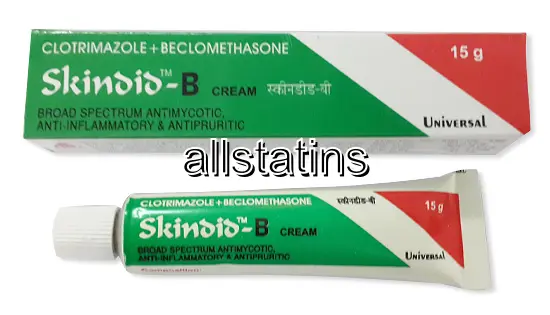| Package | Dosage | Price | Price per Dose | |
|---|---|---|---|---|
| Dosage: 10g | ||||
| 12 tube | 10g | NZD291.12 | NZD24.16 | |
| 6 tube | 10g | NZD145.54 | NZD24.25 | |
| 4 tube | 10g | NZD95.99 | NZD24.38 | |
| 2 tube | 10g | NZD49.53 | NZD24.62 | |

Lotrisone Description
Introduction to Lotrisone
Lotrisone is a topical medication commonly used in New Zealand for the treatment of fungal skin infections. It is a combination medication containing two active ingredients: clotrimazole, an antifungal agent, and betamethasone dipropionate, a potent corticosteroid. This combination helps to eliminate fungal infections while reducing inflammation and itching associated with these conditions.
How Does Lotrisone Work?
The antifungal component, clotrimazole, works by disrupting the cell membranes of fungi, leading to their eventual death. The corticosteroid, betamethasone, helps to ease the redness, swelling, and itching often present in fungal infections. Together, these ingredients offer a dual action that provides relief from symptoms while actively treating the underlying fungal condition.
Uses and Indications
Lotrisone is prescribed for various fungal infections of the skin, including athlete’s foot, ringworm, and candidiasis. It is also effective in treating skin conditions that involve inflammation and are complicated by fungal infections. However, it should be used only on the areas specified by a healthcare professional to avoid potential side effects.
Application and Usage
Typically, Lotrisone is applied to the affected area once or twice daily. It is important to follow the instructions provided by your healthcare provider. Clean and dry the skin before applying a thin layer of the medication. Do not cover the area with tight bandages unless advised, as this can increase the absorption and risk of side effects. In New Zealand, pharmacists are readily available to give guidance on correct usage.
Possible Side Effects
Like any medication, Lotrisone may cause side effects in some users. Common reactions include burning, itching, or irritation at the application site. More serious but less common side effects could involve skin thinning, stretch marks, or systemic absorption leading to hormonal effects. If you notice worsening symptoms or unusual skin changes, consult a healthcare professional promptly.
Precautions and Considerations
Lotrisone should not be used on open wounds, large areas of skin, or on the face unless specifically directed by a doctor. It is also important to avoid prolonged use to prevent skin thinning and other corticosteroid-related issues. Women who are pregnant or breastfeeding should discuss the risks with their healthcare provider before using this medication. Always inform your pharmacist or doctor about other medications you are taking to avoid potential interactions.
Availability and Access in New Zealand
In New Zealand, Lotrisone is available through licensed pharmacies and requires a prescription from a healthcare provider. It is essential to follow the prescribed regimen for safe and effective treatment. Pharmacists can provide advice on proper application and answer any questions about the medication.
Summary
Overall, Lotrisone is considered effective for treating fungal skin infections with accompanying inflammation. When used correctly and under medical supervision, it offers quick relief from uncomfortable symptoms. However, due care must be taken to avoid side effects, especially with prolonged use. If you suspect a fungal infection or have concerns about skin irritation, consult your healthcare provider to determine if Lotrisone is right for you.